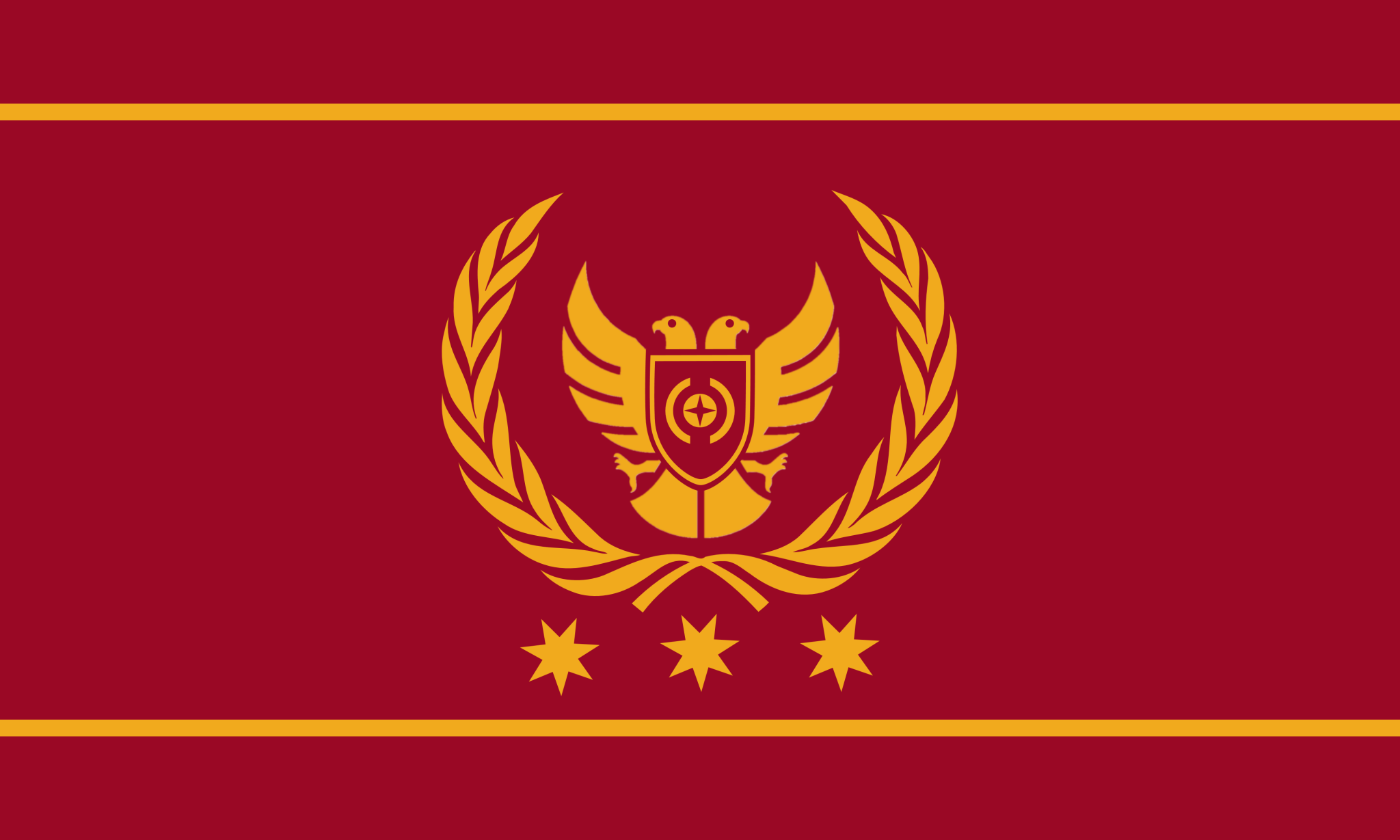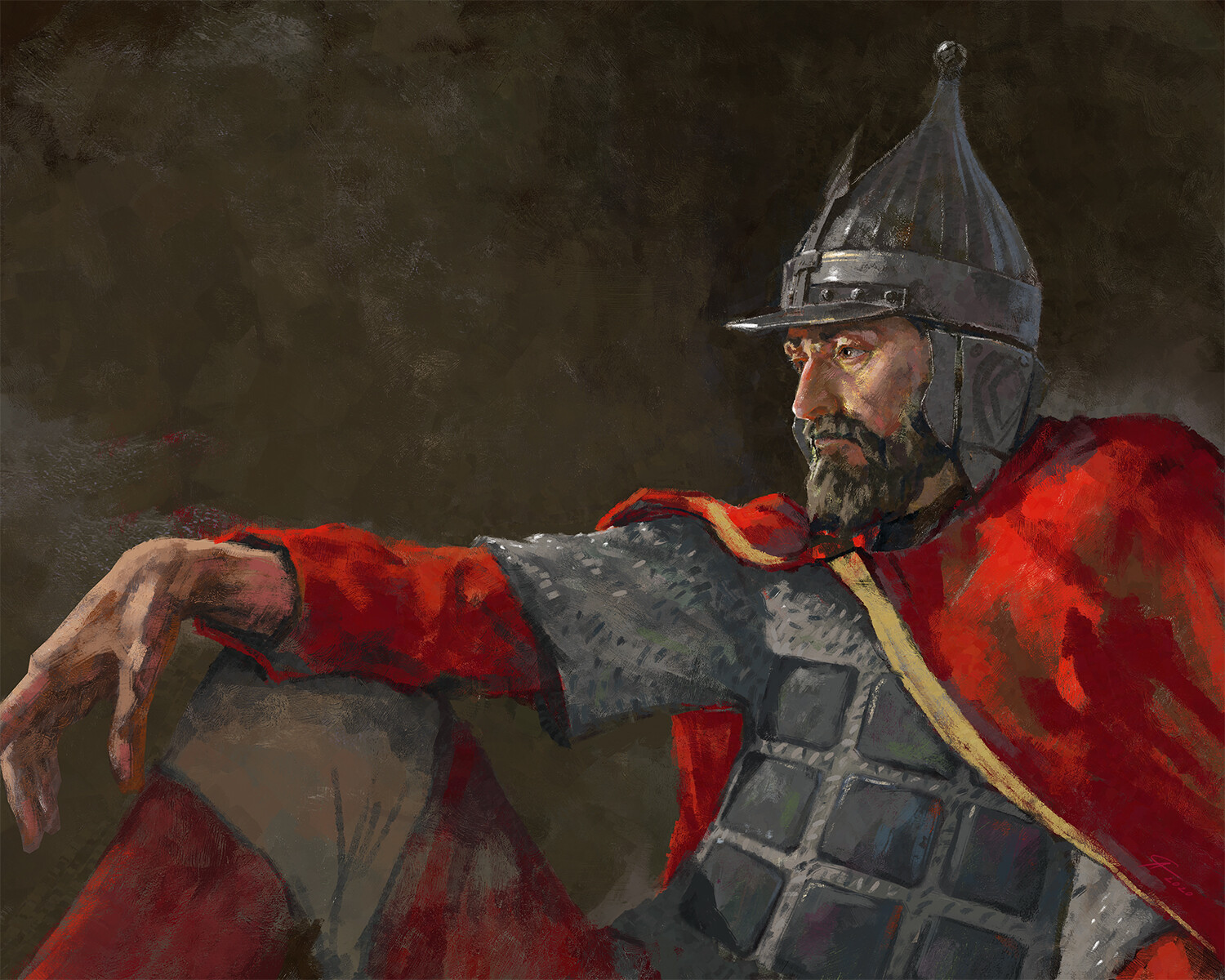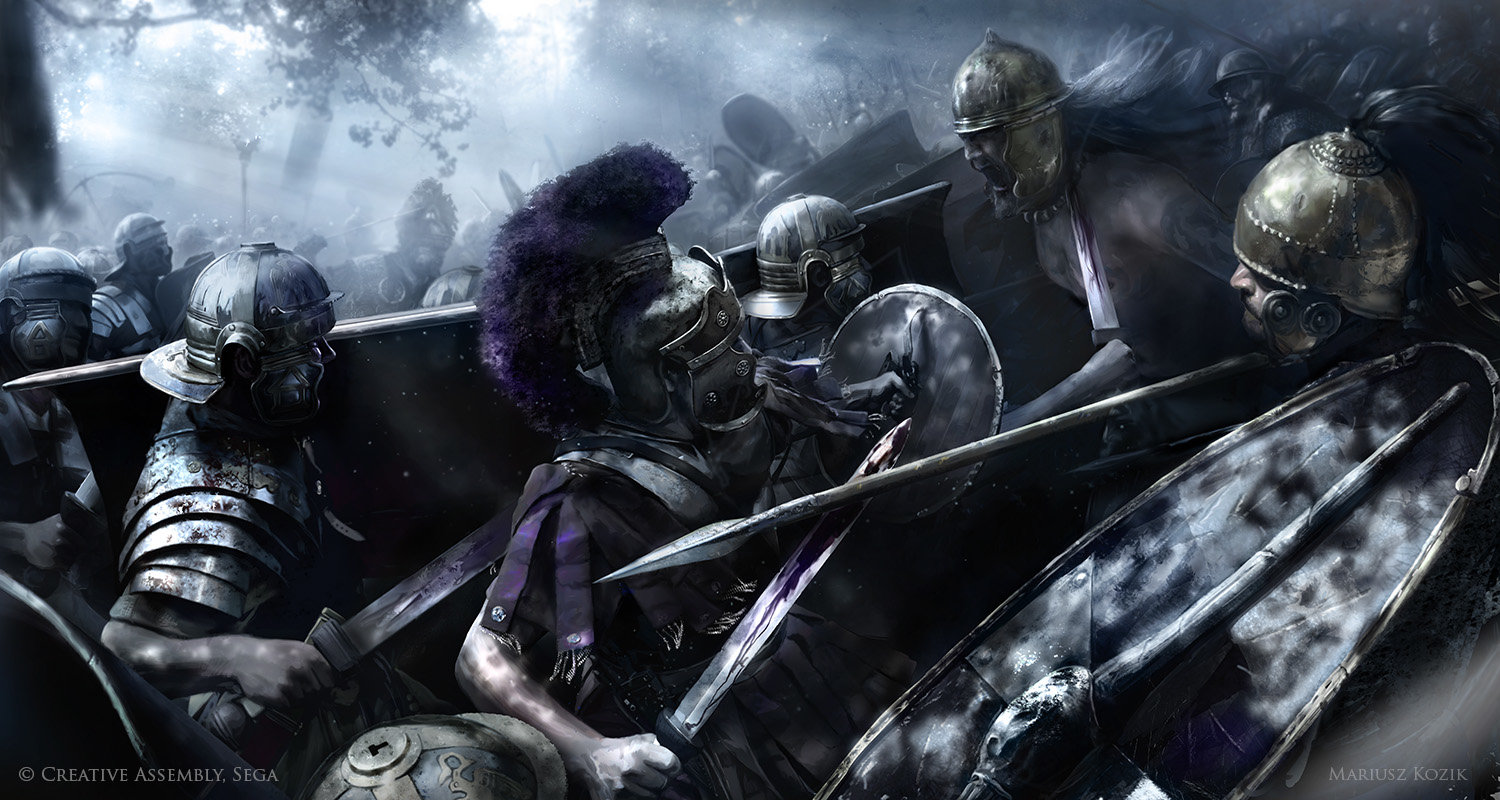Heronian Army - Barbarian Steel in Vardanian Service
How rotten have our souls become when it is the Barbarian that exemplifies loyalty and honour, while our kind foams at the mouth at the mere chance to betray our friends?
By 3000 DA, the Heronian people faced a grim fate. Fleeing from slavery and genocide at home, they had dispersed throughout the Known World, seemingly doomed to wither as mercenaries and serfs under foreign lords. That was until the ambition of another brought with it the possibility of a new life.
A Barbarian Army
Known for their prowess in battle, Heronian mercenaries could be found wherever there was a war to be waged. The Dance on Tyanis Wound drew them in by the tens of thousands, and it was the Fourth Tarquinnian Hegemony that proved especially receptive to the idea of hired arms. In time, the Heronian contingent had grown so large that the Imperial Army decided to split it off into its own army. The Legia Heroneia, the Heronian Army, was born.
When peace came in 3016 DA, the Heronians found themselves at the mercy of a vengeful continent. Mass persecutions saw them pushed to the brink of destruction. Help then arrived from an unexpected source: Emperor Gratian II. himself ordered all Heronian forces in Imperial service to be evacuated. Between 3016 and 3017, several hundred thousand Heronians were extracted and brought to Vardania.
A Realm within a Realm
Unlike other ethnic groups fighting for the Hegemony, the Heronians were never integrated into the existing military framework. Instead, a new system was built around them and then attached to the Imperial Army through what was essentially a feudal oath:
Imperial Vassal
Among the Empire's many minorities, the Heronians enjoyed the greatest degree of autonomy. Part of this was that they could tax their own communities, meaning the Army could fund itself without aid from the Hegemony. It still had to rely on equipment provided by Imperial Arsenals, establishing a measure of control. It also functioned as the governing body for all Vardanian Heronians and was only subservient to the Emperor and his top generals.
Federation
It is best thought of as a "Federated Army" composed of various clans and tribes. Each clan was to maintain a unit of soldiers based on the number of eligible males, several of which then combined to form a regiment or "Rath", which themselves were then combined into a field army or "Kray". Depending on size, a single clan or tribe might field multiple Raths or even an entire Kray, which in turn gave them considerable political influence with the wider Heronian community. Unless presented with a larger threat, these units would act mostly within the interests of their clans or tribes. Decisions regarding the wider community fell into the hands of tribal councils, to which every clan could send representatives.
It is best thought of as a "Federated Army" composed of various clans and tribes. Each clan was to maintain a unit of soldiers based on the number of eligible males, several of which then combined to form a regiment or "Rath", which themselves were then combined into a field army or "Kray". Depending on size, a single clan or tribe might field multiple Raths or even an entire Kray, which in turn gave them considerable political influence with the wider Heronian community. Unless presented with a larger threat, these units would act mostly within the interests of their clans or tribes. Decisions regarding the wider community fell into the hands of tribal councils, to which every clan could send representatives.
Kingdom
Connecting this diverse amalgamation to the Imperial army was the title of Regis Auxilaria or "King of the Allied Forces". Less a royal title than military and administrative office, it gave the bearer jurisdiction over all Vardanian Heronians. Below the Regis was a group of five generals, known as Aedin, each of which commanded up to ten Kray. In a clear show of authority, the Emperor kept the right to choose both Regis and Aedin, although he allowed the Krays to nominate their most qualified officers. The traditional Heronian nobility had largely vanished during the migrations, now replaced by a military hierarchy in which offices and ranks, especially those given out by the Hegemony for faithful service, meant prestige and power.
Connecting this diverse amalgamation to the Imperial army was the title of Regis Auxilaria or "King of the Allied Forces". Less a royal title than military and administrative office, it gave the bearer jurisdiction over all Vardanian Heronians. Below the Regis was a group of five generals, known as Aedin, each of which commanded up to ten Kray. In a clear show of authority, the Emperor kept the right to choose both Regis and Aedin, although he allowed the Krays to nominate their most qualified officers. The traditional Heronian nobility had largely vanished during the migrations, now replaced by a military hierarchy in which offices and ranks, especially those given out by the Hegemony for faithful service, meant prestige and power.
Let that pretender harlot know that our swords will never belong to her. Our banner is that of Gratian! Ave Imperator Severa! Severa Aterna!
Civil War in a Foreign Land
Their new home proved just as warlike as the old, however. Usurpers had risen at every corner to challenge the ruling Severan Dynasty, and few would have been surprised had the Heronians used the opportunity to carve themselves a new realm among the chaos. Instead, the Westerners rallied behind Emperor Gratian and his successors, repaying their new lease on life with unwavering loyalty.
Even after the Severans fell from grace in 3034 DA, the Heronians continued to fight in their name for nearly a century. Only after the death of the last Severan and a near-decade of humiliation by an increasingly hostile Imperial government did the Heronians rebel. Under the Regis Ariovistus, they proclaimed a new Heronian Kingdom in south-eastern Vardania.
Imperial attempts to subdue them failed, and from then on, the Emperors in Tarquinnia were forced to treat the Kings in Add Othal as equals. Heronians still fought for the Empire, particularly after the Breaking of the March in 3143 DA, and it is thanks to them that southern Vardania did not fall back into Feran hands during these dark decades.
Throughout the 32nd Century, they remained one of the more powerful factions within the crumbling Empire, helping the rising Artanid Dynasty to stabilise its young rule. Ironically, this would prove the beginning of the end of Heronian power. Empress Amelia II. would systematically strip them of their privileges, and her successor Amelia III. would fully subsume them into the Hegemony. In 3205 DA, the Legia Heronia was officially dissolved, its remaining units absorbed into the Imperial Army after a last failed rebellion.
Vardania is my home and whenever necessary, I will raise my sword in her defence. Can you do the same, Vardanian? Or do you accept the shame of being saved by a Barbarian?

For Mother Thanis and the Iron Fist.
3006 DA - 3205 DA
Type
Military, Army
Alternative Names
Great Barbarian Army
Leader Title
Government System
Monarchy, Elective
Power Structure
Federation
Parent Organization
Heronian religion consists of a Court of Gods, each of which has a number of champions under them. These chosen mortals are known as Saints, and who is revered as one can vary drastically from region to region. Vardanian Heronians are known to honour two in particular:
- Sarus the Tivati:
Imperial Admiral of Haragutai descent. In 3016 DA, he attempted to evacuate as many Heronians as possible, even risking conflict with other Admirals in the process. His efforts to protect them earned him a place as a Saint of Refugees and Sailors, Champion of Skura, Lord of Storms.
- Gratian Sevr:
Emperor Gratian II. became Patron Saint of all Heronians in Vardania, Champion of Savil the Sun God and ruler of the Divine Court.
Remove these ads. Join the Worldbuilders Guild







Comments